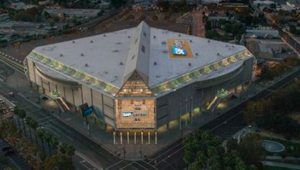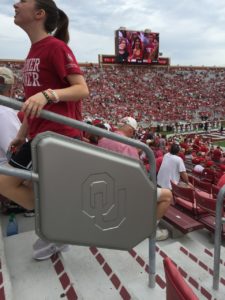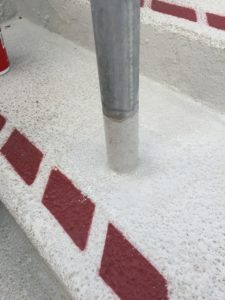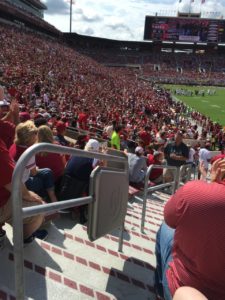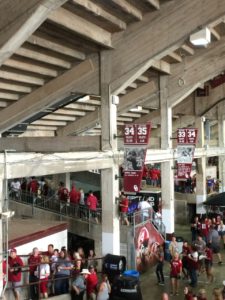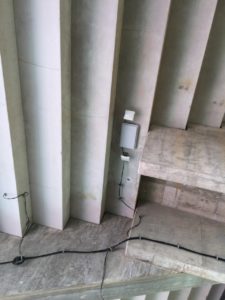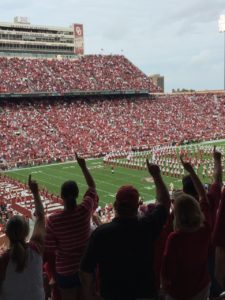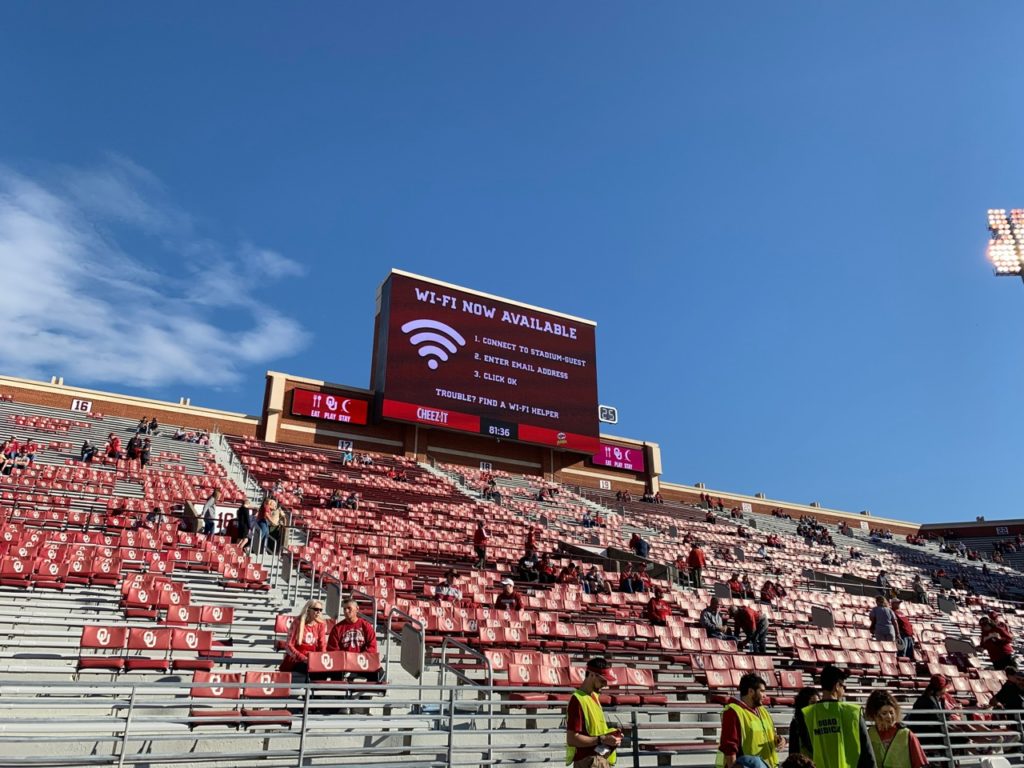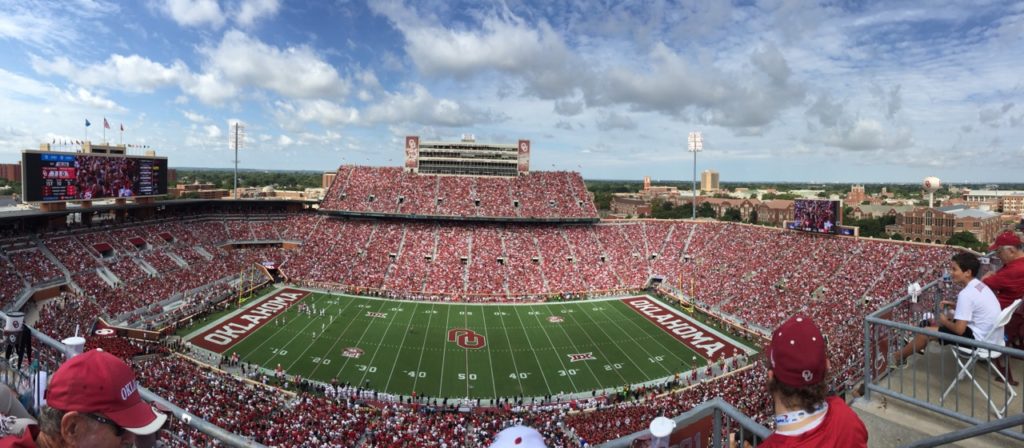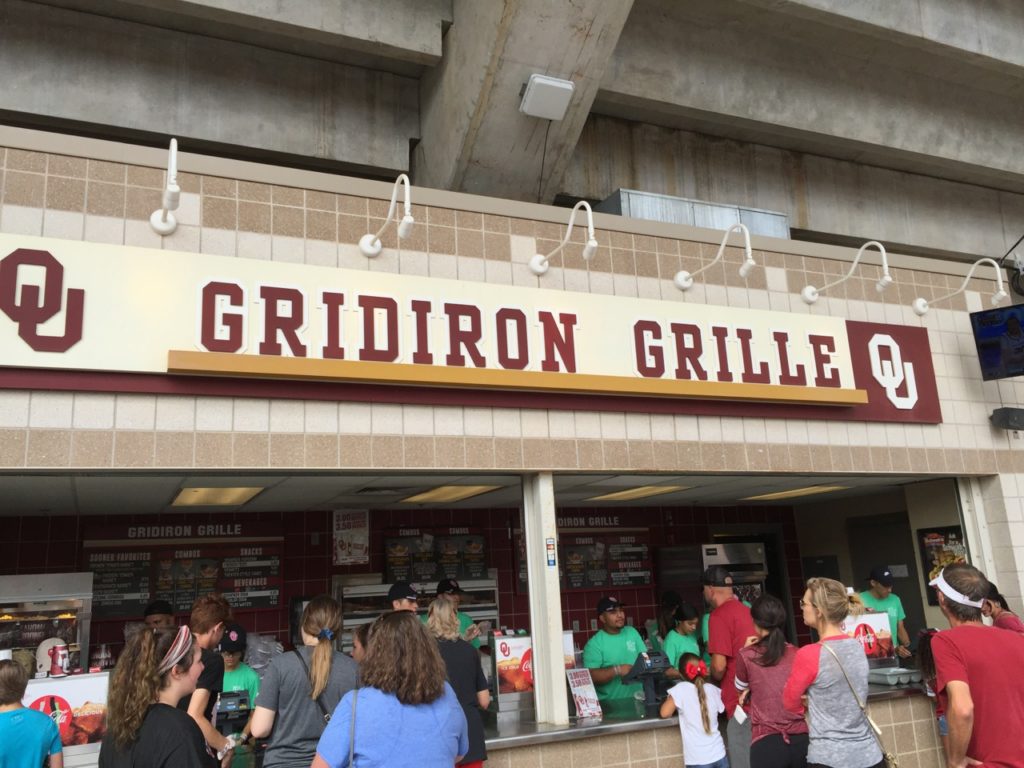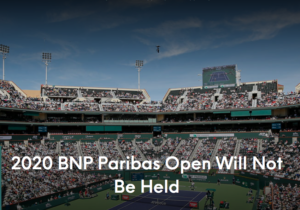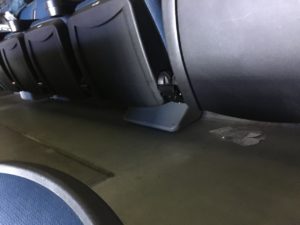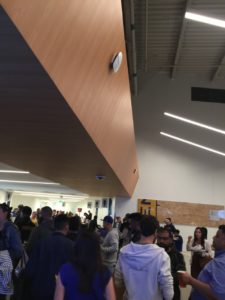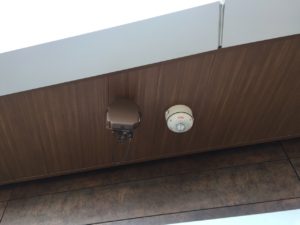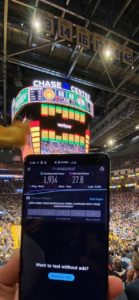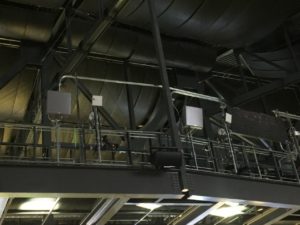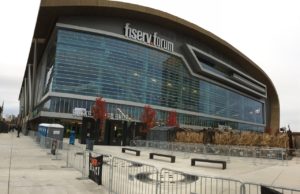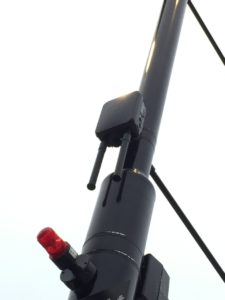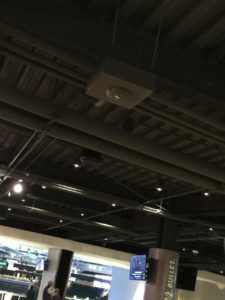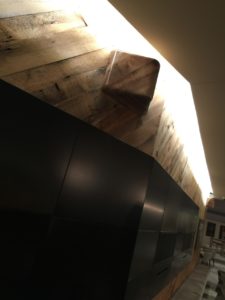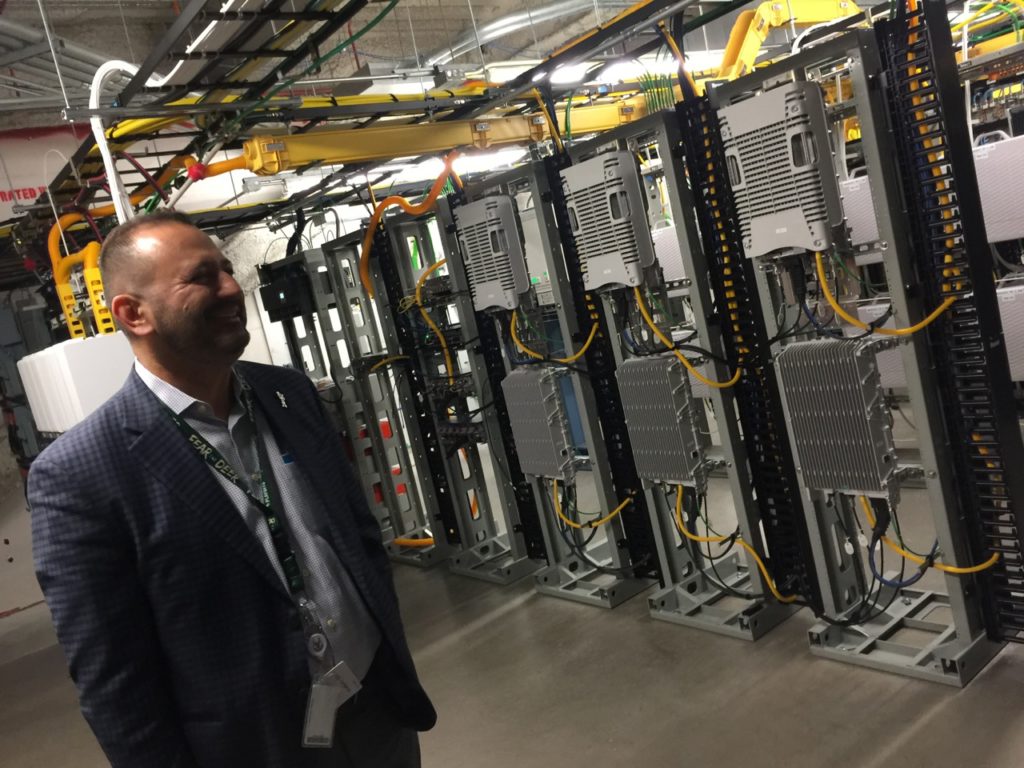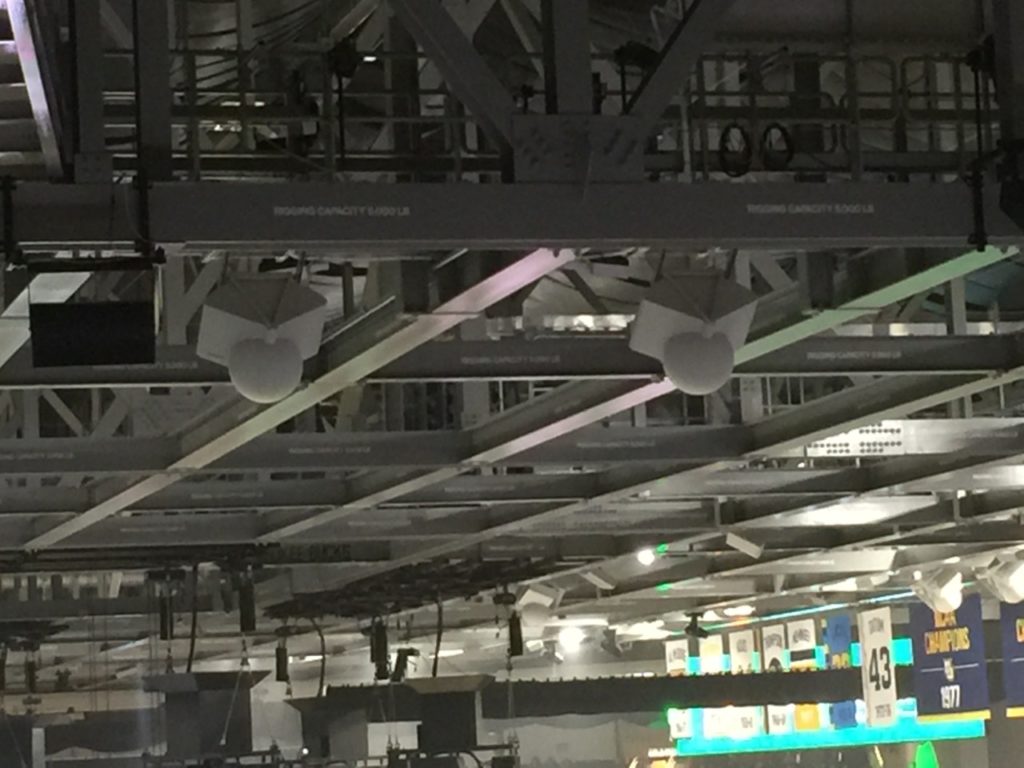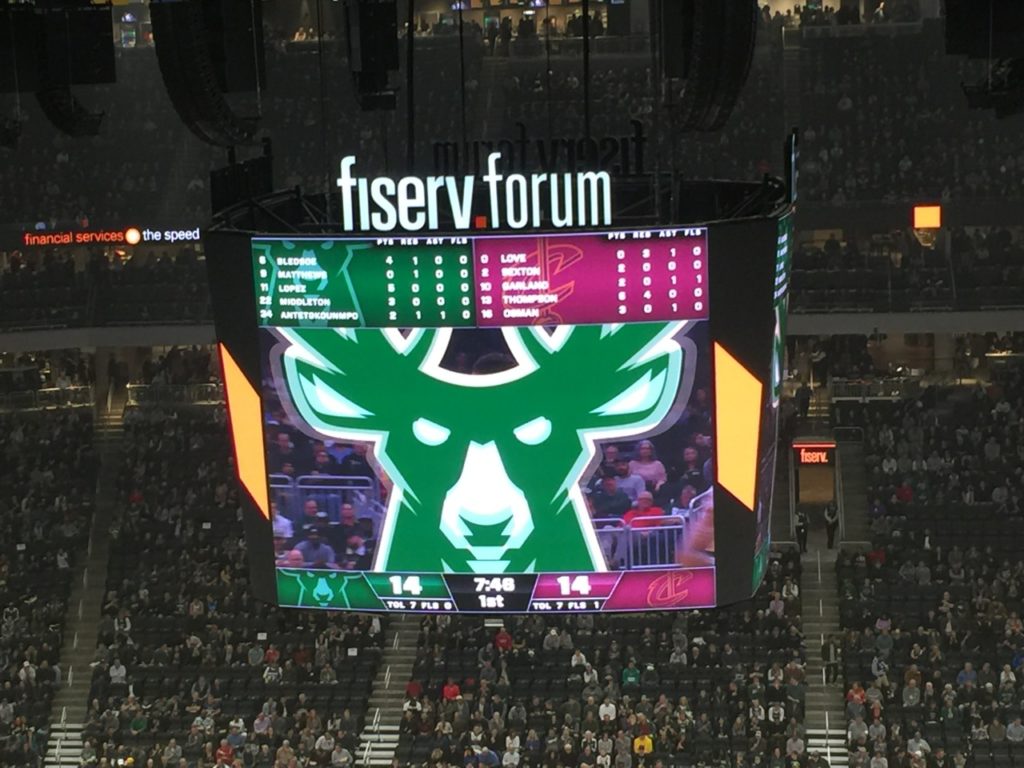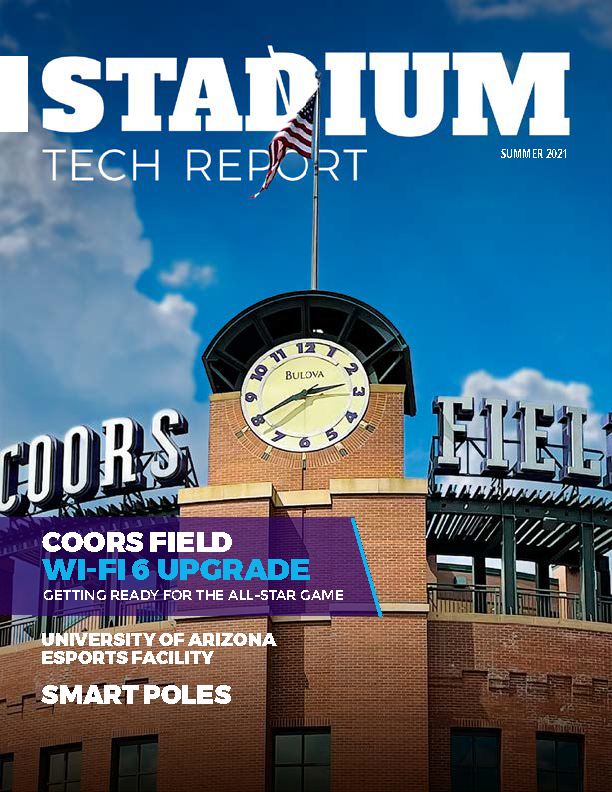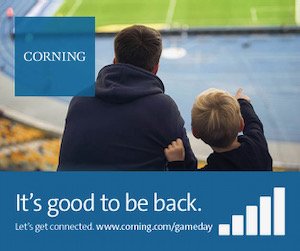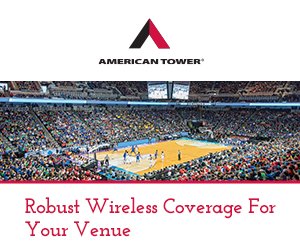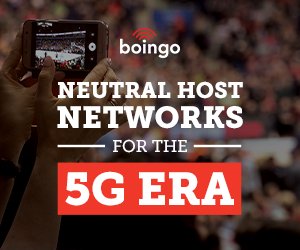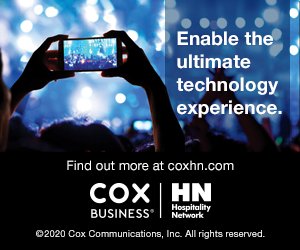The NCAA has yet to commit to any measures to exclude fans or cancel games for its upcoming men’s and women’s basketball tournaments, even as two conferences closed their tournament doors to fans and one canceled its tournaments altogether.
In a statement on its website, the NCAA put off making a decision Tuesday, even as the Ivy League canceled its conference tournaments and the Big West and the Mid-American Conference closed their tournaments to fans. The NCAA, whose tournaments are scheduled to begin next week, said:
The NCAA continues to assess how COVID-19 impacts the conduct of our tournaments and events. We are consulting with public health officials and our COVID-19 advisory panel, who are leading experts in epidemiology and public health, and will make decisions in the coming days.
UPDATE, March 11: The NCAA now says its tourney games will be played without fans.
The Big West, whose tournaments will be played in Southern California, had a different take:
“The Big West Board of Directors, comprised of the chief executive officers of the nine member universities, strongly feel that this is a prudent way to help slow the spread of the COVID-19 virus while being sensitive to our student-athletes who have pointed towards playing in the tournament all season,” said Big West Commissioner Dennis Farrell in a statement on the conference’s website.
The Ivy League, meanwhile, canceled its year-end tournaments completely, naming the Yale men’s team and the Princeton women’s team, the leagues’ regular-season champions, as its NCAA tournament representatives.
The Ivy League has decided to cancel the League's upcoming Basketball Tournaments and implement highly-restrictive, in-venue spectator limitations for all other upcoming campus athletics events.
? » https://t.co/Y4nEjbsh0N pic.twitter.com/8zsrweXVXo
— The Ivy League (@IvyLeague) March 10, 2020
